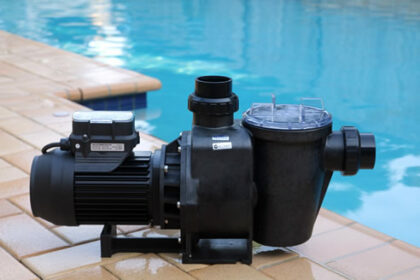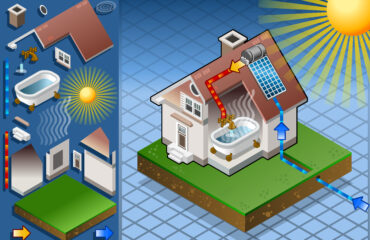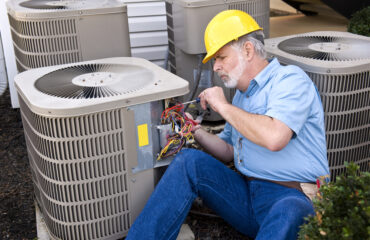
Swimming pools always come with a filtering system to keep the pool water clean and free from bacteria and algae. A crucial part of this system is the pool pump. Pool pumps are designed to help the filtering system force debris and algae out of the pool. Without swimming pool pumps, filtering systems will not be able to do their job. Thus, swimming pools will get really dirty pretty quick.
Pool pumps are usually self-priming, meaning that the pump fill itself with water if its housing is not already full by the time you turn the filtering system on. Priming can be difficult so this feature of most pool pumps is helpful.
A typical resident swimming pool has two water drains situated on the pool floor and at the top of the pool. Both drains have pipes leading to the pump, the filtration system and the heating system. Once the water goes in the drain it will pass through the pump, the filter and the water heating system, before going back into the pool through several water return ports known as jets.
In general, these pumps come in a variety of horsepower. A pump’s horsepower will depend on the swimming pool’s size, and the amount of water it must pull through each hour.
The Structure of a Pool Pump
Basically, a pump is the thing that runs the filtration system. It has a motor at one end, and an impeller on the other. Pool pumps also have what is known as the vacuum chamber, called the housing. This is where the water goes when it gets pulled out from the pool.
While some pool pumps have diffusers inside them, others have external ones, but both kinds work the same. A diffuser sucks the air out of the pool pump using suction piping or hoses so that it won’t lose its prime.
Another integral part of a pump is the pressure gauge, which measures the pressure produced by the impeller, allowing you to know if the system’s filter requires cleaning or a back wash.
How Exactly Does Swimming Pool Pumps Work?
Learning about the parts of a pump helps one understand better and easier how pool pumps work. Once the already primed pump is turned on, the impeller starts pulling water into the pump housing. The water then proceeds to flow through the filter, cleaning the water before it gets pushed back into the swimming pool. While all those are happening, the diffuser is working to make sure the pump is free of air bubbles.
If the system requires a back wash, you will need to switch valves to redirect the water flow. When the water is pulled repetitively using the bottom drain, dirt and other debris are pushed up and drained out. Once the water is cleaned, the valves are replaced to their original positions and the usual filtering process takes place.
Looking for a professional to keep your pool pump in good condition? Ask Arizona Accurate for assistance!


